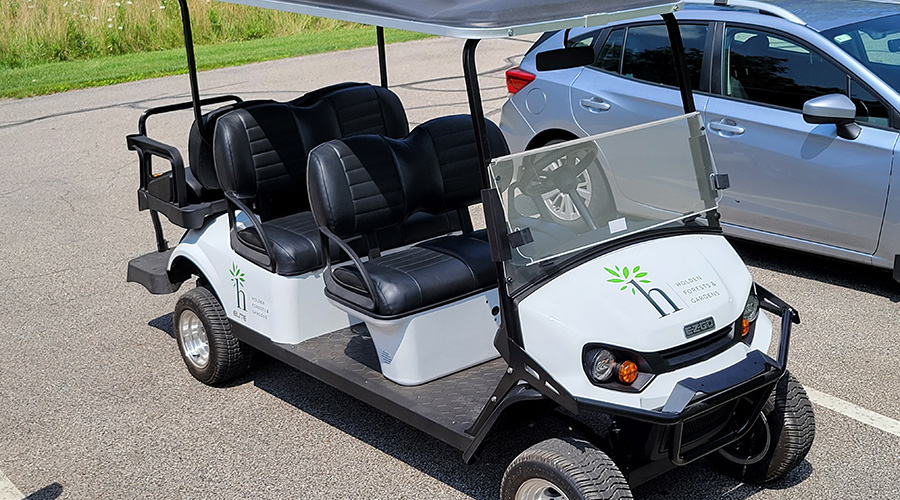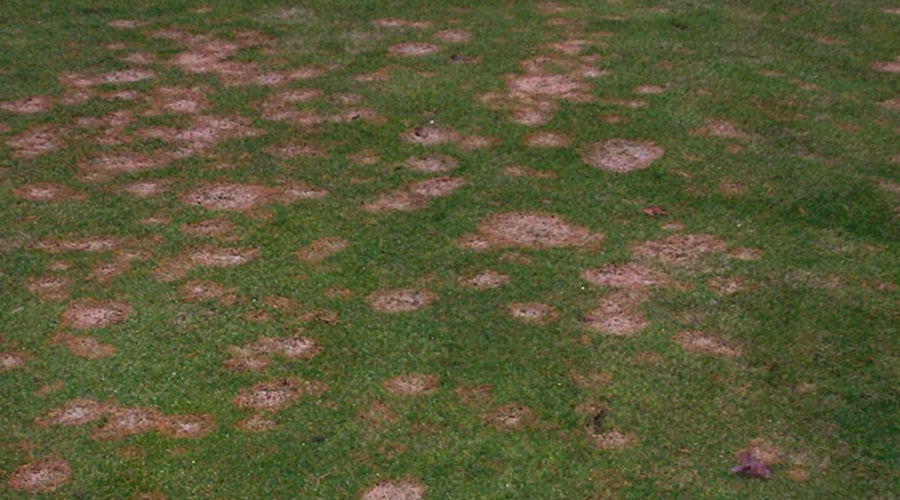Extending The Performance Life of Paved Surfaces
Exterior concrete and asphalt surfaces create a visitor's first impression of an institutional or commercial building. If these surfaces — drives, parking lots, and sidewalks — are not maintained properly and deteriorate, they can present problems for grounds managers, including poor appearance, tripping hazards, and costly repairs.
For managers to properly diagnose problems and ensure workers make cost-effective repairs, they need to understand the leading causes of problems related to these surfaces and specify the most appropriate repair products.
Trouble Spots
The leading causes of concrete and asphalt problems generally fall into three categories: design, use, and maintenance.
Design problems result from errors in material makeup, the placement of reinforcing materials, and poor support structure. One of the most common design problems is excess water in the concrete mix. Managers need to properly specify concrete and asphalt mixes for each application and inspect them during application to ensure workers take test specimens and place the materials properly so the design is executed as intended.
The placement of concrete rebar determines whether concrete is in tension or compression. If the rebar is located near the bottom of a suspended slab to take advantage of compressive strength, then the slab will carry more load than if it were placed at the top, where the concrete below it will be in tension.
Another common flaw is surface spalling, which results from imbedded metal around windows and other locations that strengthens concrete. Structural settling causes cracks that allow water intrusion, freezing and more cracking. This problem is one reason cornices, coping and upper building walls can crumble and fall during freezing weather, causing a safety hazard to pedestrians below.
Even properly applied asphalt can develop problems that result from the effects of ultraviolet rays, water, petroleum products, and traffic. New asphalt combines asphalt-cement binder, sand and stone, and it is black. As the surface dries, asphalt turns gray from the absence of binder, and the elements begin to deteriorate it.
Managers also must be aware of unintended traffic, which can lead to premature degradation. For example, parking lots feature lanes for cars and those for trucks, which have much thicker bases.
If the design does not provide truck lanes or if trucks wander off designated lanes, they will crush the car-parking surfaces. The resulting depressions will collect standing water, the water will turn to ice, and cracking and spalling will occur, causing premature damage and requiring major repairs.
Repair Strategies
Effective repair strategies for concrete and asphalt depend on following a proven repair procedure. This seven-step method can help ensure longer-lasting and less costly repairs:
- Determine the cause of the damage.
- Assess the extent of the damage.
- Evaluate the need to repair
- Determine the needed repair method.
- Perform a thorough preparation of the old concrete or asphalt surface.
- Finish the repair properly, including curing the concrete, or tamping or rolling the asphalt.
If workers patch asphalt surfaces but do not address poor drainage that can cause water to pool and freeze, the repair will not last because they did not repair the cause of the problem. Workers should visually examine the extent of the damage to both asphalt and concrete surfaces for any deterioration.
On concrete surfaces, for example, tapping the surface with a hammer produces a drum-like, hollow sound if an area has deteriorated badly. A thud means a low-strength area, while a ringing sound means a high-strength area.
Workers can detect deeper defects by placing a hand near the hammer blow and checking for sand particles on the surface. Vibrations or bouncing sand articles can indicate a damaged area.
One common preventive maintenance (PM) measure for a variety of weather-related ills is early application of a sealant. Sealants improve surface durability and can result in greater sustainability.
Related Topics:













